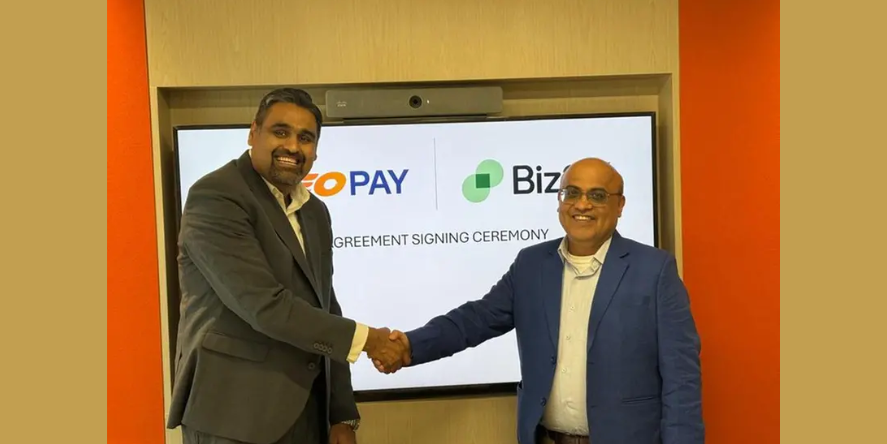In the software industry, pricing is typically based on a product’s value to its customers. This value is determined by the market, which includes factors such as the prices of competing products, the perceived benefits of the product, and the target customers.
Competitor prices
The first factor that software vendors consider is the price of competing products. This pricing strategy is logical, even from the perspective of customers. It is not uncommon for vendors to intentionally offer prices that are lower than those of competitors, especially if there are established brands already dominating a segment of the market.
New players trying to win customers in a specific segment of the market use price as a tool to attract attention and possibly win new customers and switchers. They do not necessarily offer consistently lower prices. Instead, they conduct promotions that temporarily make their products available at considerably lower prices. Once they manage to gain traction in their marketing efforts, they slowly adjust their prices to boost profit.
Perceived product benefits
Another common pricing strategy in the software industry is to offer a base product for free, with additional features or services available for a fee. This allows the company to attract a large user base and gather data about its customers’ needs and preferences. This approach is particularly common for software-as-a-service (SaaS) companies.
To maximize sales and profits under this scheme, vendors use entitlement management systems. These are tools that enable the monitoring of customers and improve the monetization of their software products.
This pricing strategy is also referred to as the “freemium” model. It has been the preferred strategy of most application sellers for some time. Customers get easy access to the software and the opportunity to explore the features and functions they may find useful. They eventually pay for additional features once they are convinced they need the software components not included in the basic free package.
Target customers
Vendors may also use a pricing model based on the target customers. For example, B2B SaaS companies often charge higher prices to their enterprise customers than they do to small and medium-sized businesses due to the greater value that their products provide to larger organizations.
Additionally, some software companies use dynamic pricing, which adjusts prices based on supply and demand. This can help them optimize their revenues by taking advantage of data about demand and customer behavior. They can reduce prices during low-demand periods to attract more customers and raise prices during peak periods when demand is higher.
Software providers can unilaterally decide on how much to set for the price of the products they are offering. They can be as exuberant as they please, or they can sell their software dirt-cheap. However, setting prices is different from being able to generate sales. Software prices need to be competitive to entice buyers, especially those who are keen on making product comparisons. It is important to look at the market to determine optimal pricing.
Blog received on Mail
For more information regarding Software Industry please read the article on: More than adaptability, the pace of adaptability matters a lot in the software industry’: Ranganathan Balashanmugam of Everest Engineering










